If Google is showing you this page directly, click here to go to the start of the article.
Design & Build
The Element IV maintains the same minimal, compact, well-thought-out visual design as its predecessor. It’s built around a clean, square aluminum chassis with a large, central volume knob and a single headphone output on the front panel. The absence of extra buttons or indicators on the front keeps the design clean and functional.
The volume wheel is now backed by JDS’s second-generation discrete optical encoder. In daily use, it feels more responsive and faster than before. The rotation is smooth, accurate, and free of any wobble.
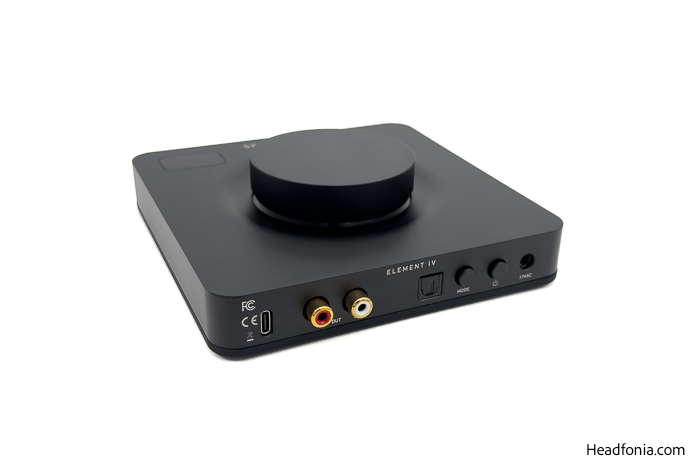
JDS also updated the OLED display and placed it under tinted Gorilla Glass. It reacts faster to input and provides essential feedback, such as input type, gain state, stream format, and sample rate. The screen fades out shortly after interaction to maintain the minimalist look while providing the necessary information. This can be turned off via settings.
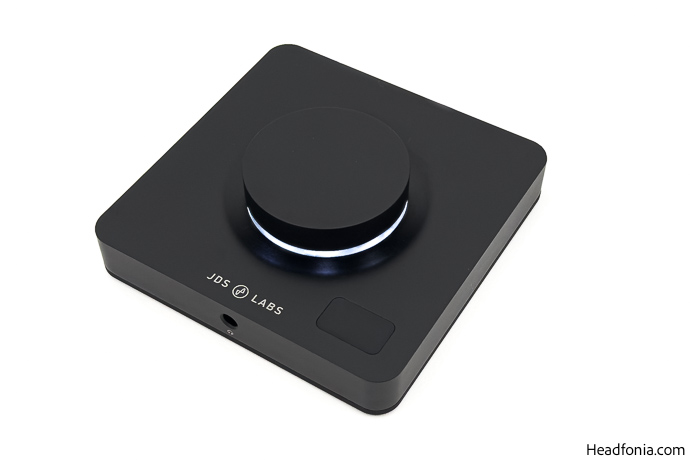
From a physical standpoint, not much needed to change. The footprint remains small, the weight is just right for desktop stability, and the materials feel solid. JDS kept the features of the Element III’s form factor that people liked, while improving small usability details where it mattered. It’s not flashy, but that’s the goal: it’s functional, durable, and unmistakably JDS.
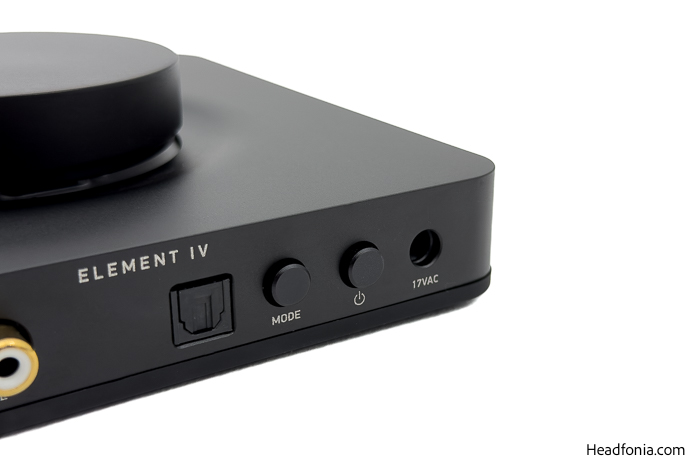
JDS Synapse
For users dealing with long USB runs or problematic USB power, JDS Labs offers Synapse. It’s a compact USB jitter rejection and isolation device designed to maintain signal integrity in problematic setups. While the Element IV performs very well on its own, Synapse can act as a clean intermediary between the host and DAC. Especially when used with extended cables or in high-interference environments such as a recording studio.
It’s designed to be plug-and-play, requiring no drivers or setup. You connect your PC or source to Synapse, then connect Synapse to the Element IV using the included short, shielded USB cable. Internally, it buffers and reclocks the USB audio signal, reducing timing variation (jitter) and isolating power noise from the host device.
This is particularly helpful in laptop-based setups, studio chains, or when your DAC is positioned far from the source.
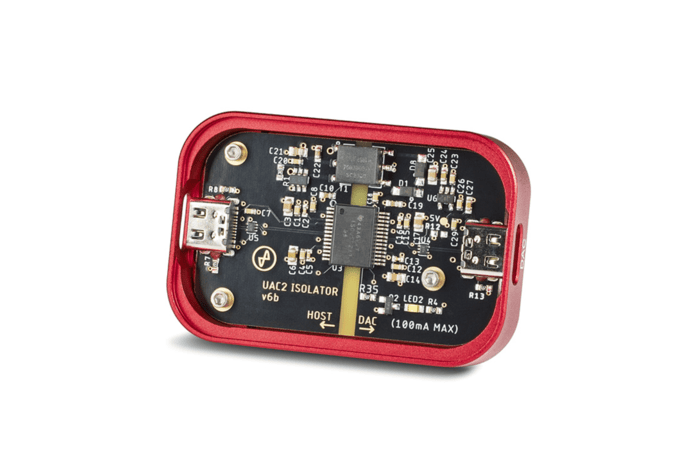
For optimal performance, JDS recommends using Synapse in combination with short USB segments (typically 2 x 1.8m or less) and retaining ferrite cores on all cables. JDS Labs includes a 1-meter USB Type-C to A cable with a ferrite core within the package of the Element IV for optimal noise rejection. If you need a longer cable, they strongly recommend reusing the ferrite core and following a two-stage setup using a USB hub to prevent timing instability or jitter.
Sound Impressions
The Element IV doesn’t color the music, and it doesn’t try to. Its presentation is as neutral and transparent as ever, carrying forward the same character I appreciated in the Element III but with noticeable improvements in technical execution. It’s precise, tonally accurate, and honest in presentation. What you feed it, it reflects. What your IEMs or headphones are capable of, it lets them sing.
Most of my listening was done with the Sennheiser IE 600 paired with a Hansound Quentin cable and the 64 Audio’s Volür. These are two IEMs that differ quite a bit in presentation, and the Element IV revealed their contrast clearly. With the IE 600, I heard its usual agile bass and crisp treble sparkle, rendered with strong macro dynamics and snappy attack/decay.
The Volür, with its more expansive spatial presentation and slightly more relaxed upper midrange, brought out the Element IV’s ability to let air and layering unfold naturally, without compressing or highlighting over any region.
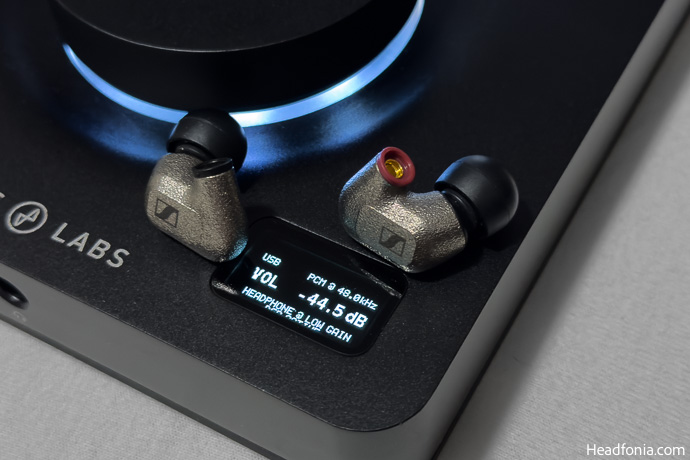
My test tracks usually range across genres. I started with Dominique Fils-Aimé and Melody Gardot for vocal performance and mid-region microdetail. I listened to Buika for raw vocal texture, Tenacious D for punch and stereo separation, Bliss for layering, and Opeth for PRaT and dynamics. Across all of these, what struck me most was how transparent and coherent the Element IV remained.
It didn’t push anything forward, didn’t thicken the mids, didn’t roll off the highs. Everything just landed where it should.
There’s a slight but perceptible improvement in how the Element IV handles transients compared to its predecessor. Notes feel dynamically faster, and dispersion feels cleaner. This isn’t the kind of exaggerated speed you get from an analytical source, but rather a sense of agility and control. Buika’s excellent emotional vocal performance is reflected as-is, and the amount of micro-detail you get to hear is astounding with the Element IV.
Even more complex tracks, such as Opeth’s “Windowpane” and “Ghost of Perdition,” which have passages prone to congestion, remained spacious and breathy.
What I didn’t hear was equally satisfying. No hiss with sensitive IEMs, no grain in the midrange, no congestion during multiple-instrument tracks. The noise floor is so low that spatial cues and ambient information come through without effort, and the Element doesn’t get in the way of instrument separation or focus.
The Element IV doesn’t rely on exaggerating a specific region to make an impression. Its goal is clarity, consistency, and fidelity to the headphones or headset you connect it to. In that regard, it’s an excellent DAC/AMP. It’s the kind of device that disappears once you set it up, leaving you with the music and nothing else to pull your attention away.
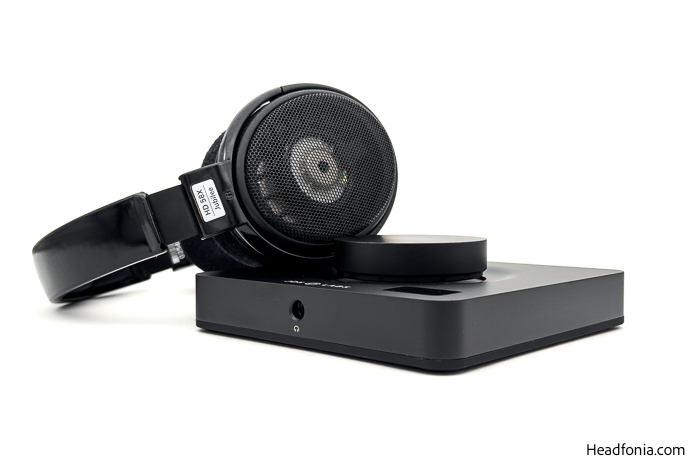
vs. Hifiman EF500 ($449 USD)
The EF500 delivers a warmer tuning with a noticeable mid-bass thickness and a softened treble. Its sound is smooth, slightly forward in the mids, and relaxed overall. Imaging is good, though the stage leans intimate and rounded, with more depth than width.
It has a distinct signature that aims to be pleasing and forgiving, which works well for extended listening or less revealing material. However, its resolution and clarity fall behind the Element IV. The high treble is rolled off, the transients and dynamics feel slower, and separation tends to blend slightly in denser passages.
In contrast, the Element IV is more revealing. It offers a cleaner, more spacious presentation, better imaging, and more accurate layering. The overall tonality is flatter and more transparent. There’s no added weight or warmth, and nothing feels smoothed over. Both mid and treble detail retrieval is better, resolution feels higher, and the noise floor is absurdly low, especially with sensitive IEMs.
These traits translate into more articulate and coherent reproduction across various genres.
Operationally, the two units also differ in intent. The EF500 integrates Ethernet-based network streaming with services like Tidal and Spotify Connect. That makes it attractive in setups that don’t rely on a computer. On the other hand, the Element IV offers deep configurability/customizability through its browser-based Core interface.
The Element IV offers more customizability through the Core web app.
Users can easily access a 12-band parametric EQ, control DSP behavior on both USB and optical inputs, adjust volume step size, set output preferences, and customize gain operation. All changes are saved directly to the device.
In contrast, the EF500 takes a more fixed-path approach. Its operation is limited to physical controls on the front panel, with four predefined modes combining gain and oversampling settings. There’s no onboard EQ or digital UI, and no software-based adjustment.
In terms of power output, the EF500 edges ahead on paper, especially over its balanced output. But the Element IV still supplies over 3 watts of clean, controlled power into 32 ohms and does so while running cooler and quieter, with a MUCH more compact footprint and better UI.
Ultimately, the EF500 is a warmer source, and in my opinion, its value lies in its warmth, its smoother presentation, and its R2R sauce. The Element IV is focused on control, fidelity, and flexibility. It’s definitely worth saying that the Element IV’s advanced parametric EQ allows for far more tailoring than you might expect.
With enough transducer-headroom, it’s possible to mimic aspects of the EF500’s tonal profile, such as adding warmth, softening transients, or enhancing vocal presence, without severely sacrificing the resolution and control that the Element IV offers. PMEQ is a powerful tool, and when used with intent, it can fulfill a wide range of tonal preferences that many audiophiles pursue through hardware alone.
Last Words
I’ve been waiting for JDS to implement a proper EQ for years, and with the new JDS Core and 12-band PMEQ, they finally delivered exactly what I hoped for. The tonal flexibility it brings is madly practical. Combined with quality-of-life upgrades and refined internals, the Element IV feels like a solid step forward for the legendary Element line.
I really like the way it keeps everything that worked well before and introduces most-wanted features without compromising simplicity, usability, or sound quality. It’s the kind of device I can recommend without hesitation. Well-done!

Summary
Pros:
+ Excellent implementation
+ Impressive build quality
+ Brilliant software
Cons:
– No remote
Page 1: JDS Labs Element IV, Packaging & Accessories, Controls, UI & JDS Core
Page 2: Design & Build, JDS Synapse, Sound Impressions, Comparison vs. EF500, Last Words, Summary







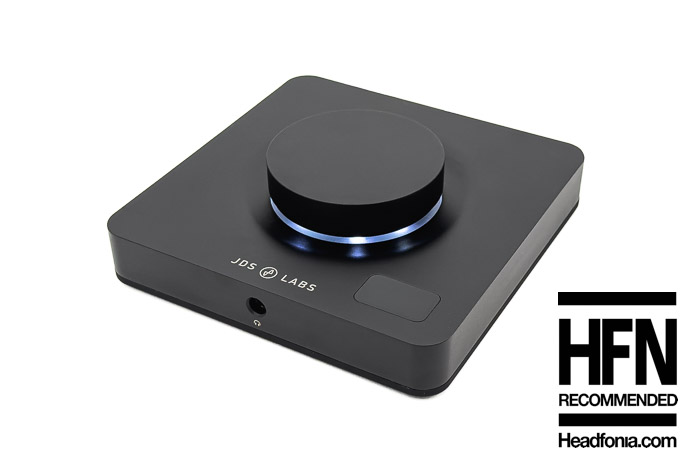
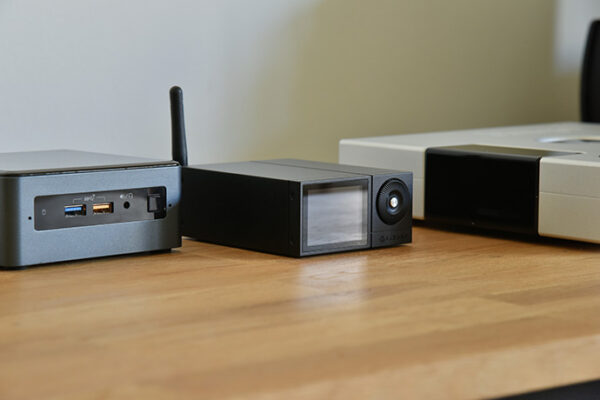

Christian
Great read! Been looking into this one myself,but not sure if it is the best fit for my Hifiman ananda nano,it may be too clinical? The eq capabilities in elements may take care of that problem?